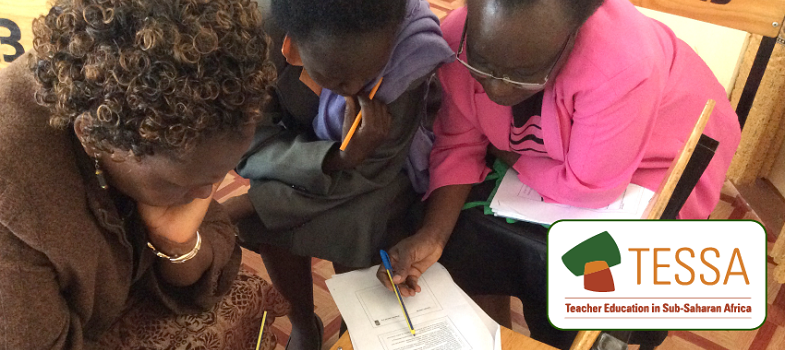Resource 1: Traditional fables
![]() Background information / subject knowledge for teacher
Background information / subject knowledge for teacher
Background
A workshop was held as part of the work of the Nelson Mandela Foundation’s Unit for Rural Schooling and Development, with five schools from the Qunu area of the Eastern Cape participating. From each school, there were two teachers, one pupil, one parent, and one member of the school governing body.
The aim of the workshop was to reflect together on the value of traditional fables in the education of young people, and the community, and to plan a way forward for making use of these stories in and out of school.
What follows is a report on a discussion that was held in groups on the first day of the workshop. Participants reported back on their ideas.
Do you agree with their ideas and comments?
What is a fable?
A fable is a short story with a specific aim. It has some teachings, humour, warnings. It applauds, criticises and corrects. It sharpens the mind to think critically and creates a deep thinker. Some were real events, which, over time, turned into fables; some have been specially coined for conscience pricking, in order to relive the past event and to teach modesty.
Who are the people who tell, or told, fables/engero?
Unanimously they said it was the elderly – grandmothers and grandfathers, also children among themselves, during initiation schooling of both girls and boys. Also teachers, radios and television told stories.
To whom did/do they tell them?
They were told to children, youth and the elderly.
When and where are/were fables/engero told?
The common room was mostly used, sometimes the bedroom, and sometimes stories were told while basking in the sun near the cattle enclosures. Other places were the riverbank, the grazing lands, field watch-house and initiation places.
Why were/are they told?
They were for enjoyment, for sharpening the mind, as reminders, as a deterrent or warning, to encourage patriotism through certain behaviours, to pass on vocabulary and its intricacies (like figures of speech, idioms and proverbs and new words which enter the dictionary).
How are/were they told? (Style of delivery)
There was competition in storytelling. It was an art, involving music, humour and changing the voice. A traditional fable has a unique beginning and ending.
Are new as well as old fables/engero told? For what reasons are new ones created?
Old and new fables are being used, and they do the same work. The new ones encompass new angles of life.
Do you have any written versions of fables/engero? Name them.
There are very few old fables out there in written form. (Some were named.)
What was observed is that very few fables were remembered by the group and it was not easy to do so. Only one person remembered three; some couldn’t remember any. From 23 participants, only 19 fables came forward. What does this mean?
Where and how are written fables/engero used?
Fables are read from books over and over again. The same happens at home where the same fables are repeatedly told for enjoyment. At school they are read to children. They are of great help to children’s vocabulary. They are few. There are some in libraries and sometimes they are acted on stage.
The language used
The commonly used language is the regional dialect. Baby-language is also used, as well as words coined to show respect.
Extract adapted from report of workshop on traditional fables, held at Qunu, Eastern Cape
3. Writing stories



